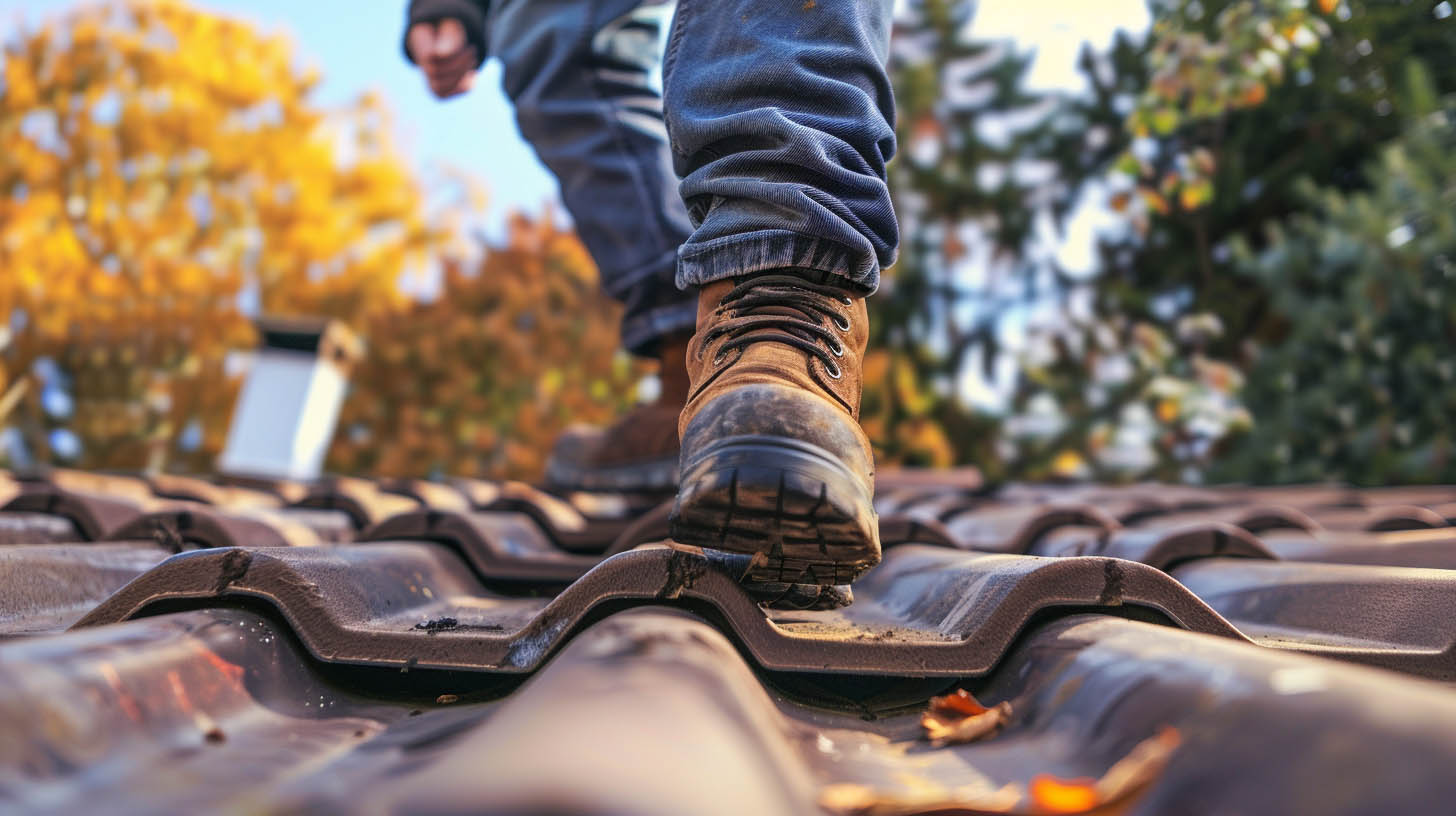Roof boots are essential components that ensure the structural integrity and waterproofing of your home’s roof, especially around penetrations such as vents and pipes. At Trojan Roofing, we emphasize the critical role of roof boots in maintaining a dry and secure home environment.
What is a Roof Boot?
Functionality and Design
- A roof boot, also known as a vent pipe cover, is designed to prevent water ingress around any roof penetrations.
- Typically made from a combination of rubber and flexible metal, roof boots are adaptable to various pipe sizes and roof slopes, creating a tight seal that protects against water damage.
Installation Importance
- Roof boots are installed where items like plumbing vents and exhaust pipes penetrate the roof. These areas are vulnerable to water leaks if not properly sealed.
Necessity of Roof Boots
Preventing Water Damage
- The primary purpose of a roof boot is to seal the gaps around roof penetrations, which are potential entry points for water. This is crucial in preventing roof leaks that can lead to costly interior water damage.
Ensuring Proper Ventilation
- Roof boots allow for the safe exit of gases and moisture from home appliances like kitchens and bathrooms, which is essential for maintaining indoor air quality and preventing moisture buildup.
Signs of Roof Boot Wear and Need for Replacement
Visual Inspection
- Signs such as water stains on ceilings, cracked or peeling caulking, and visible damage to the rubber portion of the roof boot indicate that it may need replacement.
Regular Maintenance
- Given their exposure to the elements, roof boots can degrade over time. Regular inspections and maintenance are key to ensuring they continue to function effectively.
Conclusion
Roof boots are a small but critical part of your roofing system. Ensuring they are correctly installed and maintained can prevent significant damage and extend the life of your roof. With Trojan Roofing, you get the assurance of expert installation and maintenance services that keep your home protected year-round.
For further information on winter concerns and how much snow your roof can handle, click here.

